Optimal Timing for Asphalt Sealings
Proper timing of asphalt sealings ensures optimal adhesion and durability. The right season can extend the lifespan of the asphalt surface and improve its appearance.
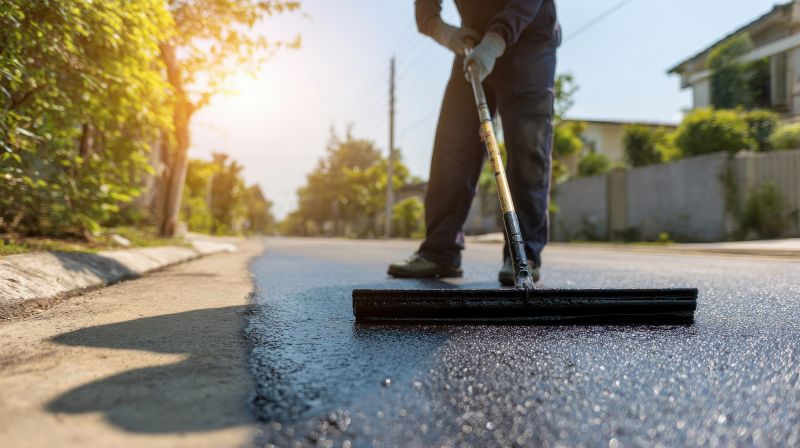
Applying sealant in spring helps protect the asphalt from the remaining winter damage and prepares it for warmer months.
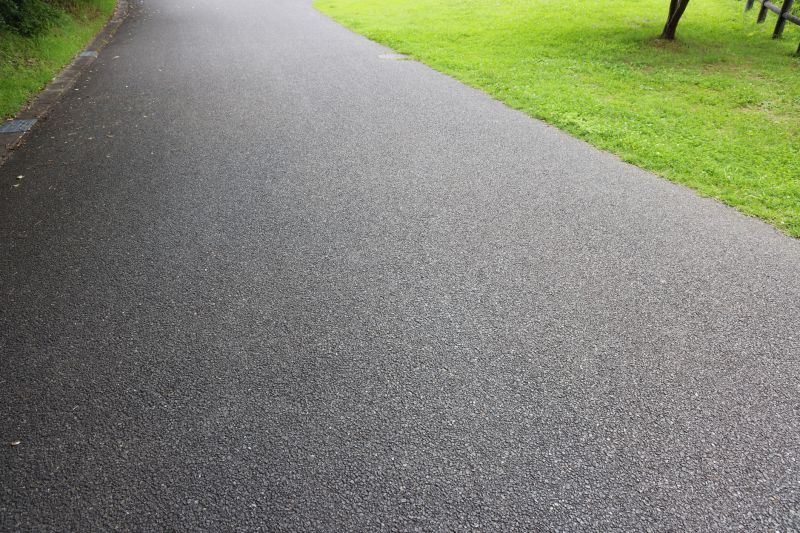
Summer offers warm, dry weather ideal for sealings, ensuring proper curing and adhesion.
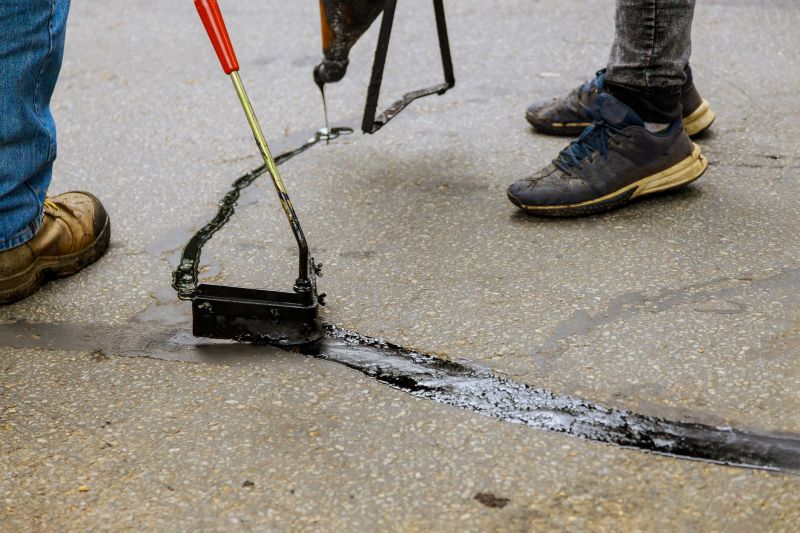
Fall sealings can protect asphalt from winter freeze-thaw cycles, but require mild weather conditions.
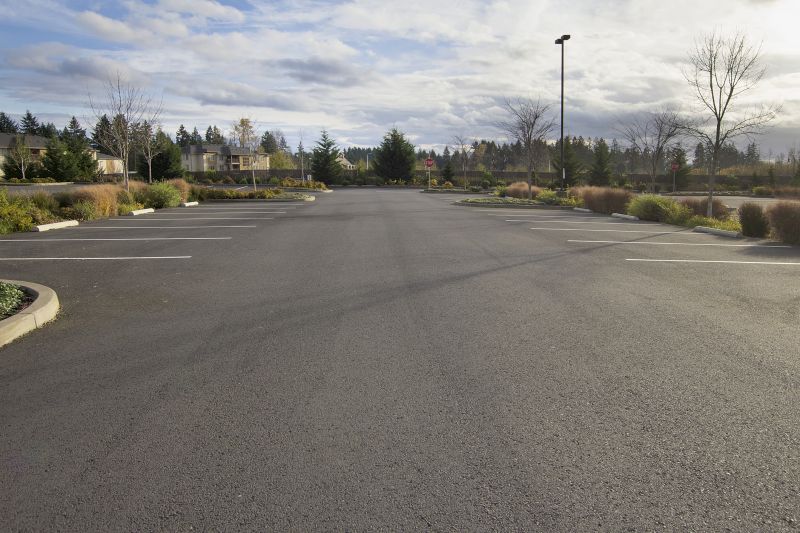
Ways to make Asphalt Sealings work in tight or awkward layouts.
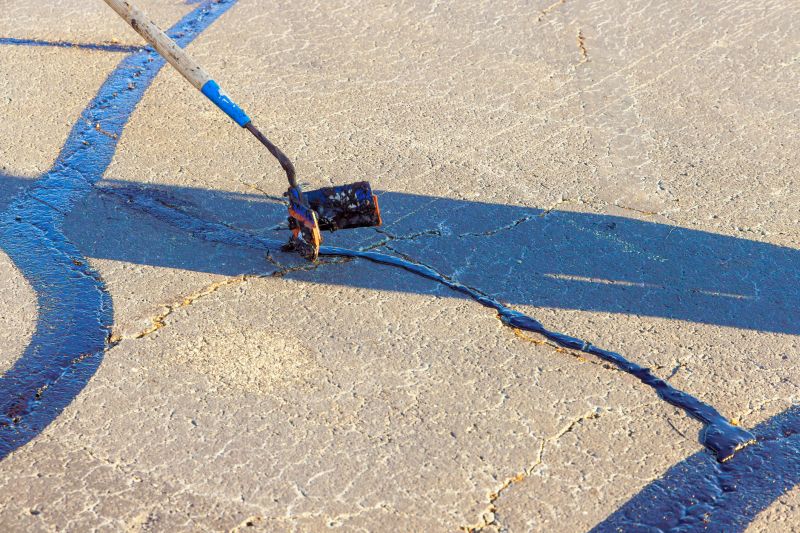
Popular materials for Asphalt Sealings and why they hold up over time.

Simple add-ons that improve Asphalt Sealings without blowing the budget.
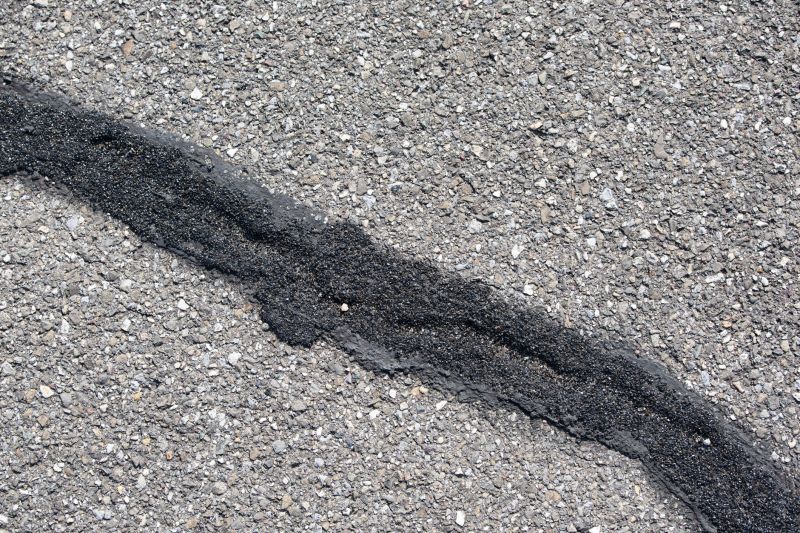
High-end options that actually feel worth it for Asphalt Sealings.
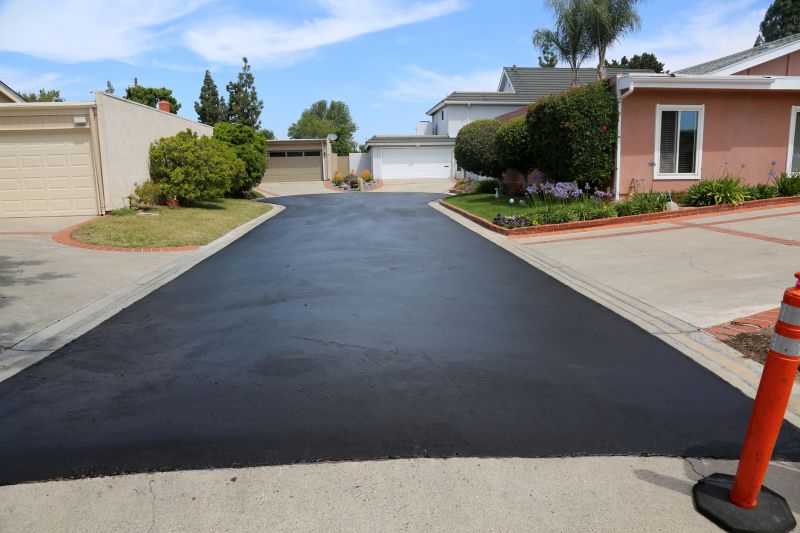
Finishes and colors that play nicely with Asphalt Sealings.
Asphalt sealings are a crucial maintenance process that involves applying a protective coating to asphalt surfaces. This coating helps prevent water infiltration, reduces the effects of UV damage, and minimizes the impact of oil and chemicals. Regular sealings can significantly extend the lifespan of asphalt pavements, which typically last between 15 to 20 years with proper maintenance. Studies show that timely sealings can reduce repair costs by up to 50 percent over the lifespan of the pavement. The process involves cleaning the surface thoroughly, repairing any cracks or damages, and then applying the sealant evenly. Weather conditions, especially temperature and humidity, play a vital role in the effectiveness of sealings.
Sealants are most effective when applied between 50 and 90 degrees Fahrenheit, avoiding extreme cold or heat.
Dry weather with minimal wind and stable temperatures promote proper curing of sealant layers.
Typically, asphalt surfaces should be sealed every 2 to 5 years depending on traffic and weather exposure.
Cracking, fading, or water pooling are indicators that a new sealant layer may be needed.
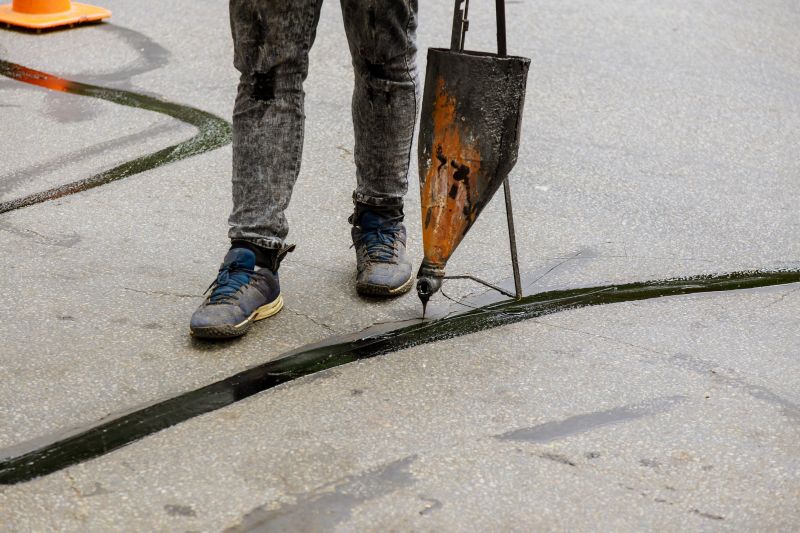
Ideal for optimal curing and adhesion due to warm, dry conditions.
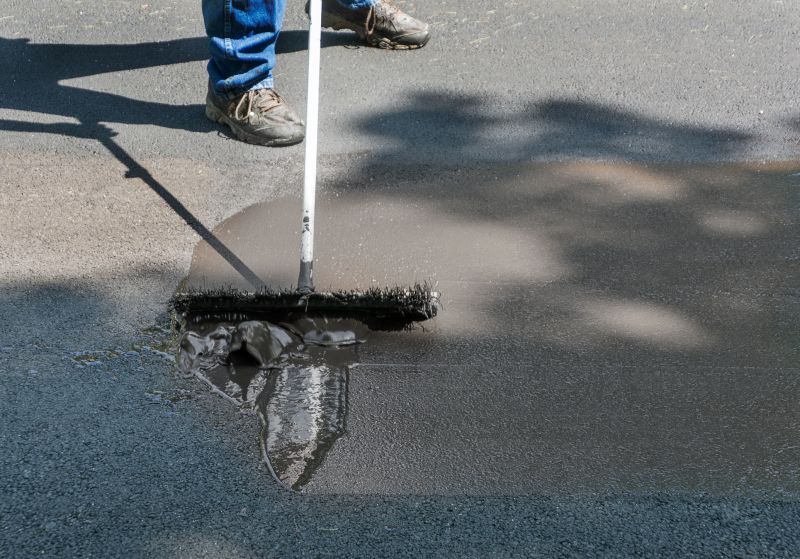
Prepares asphalt for summer weather and prevents winter damage.
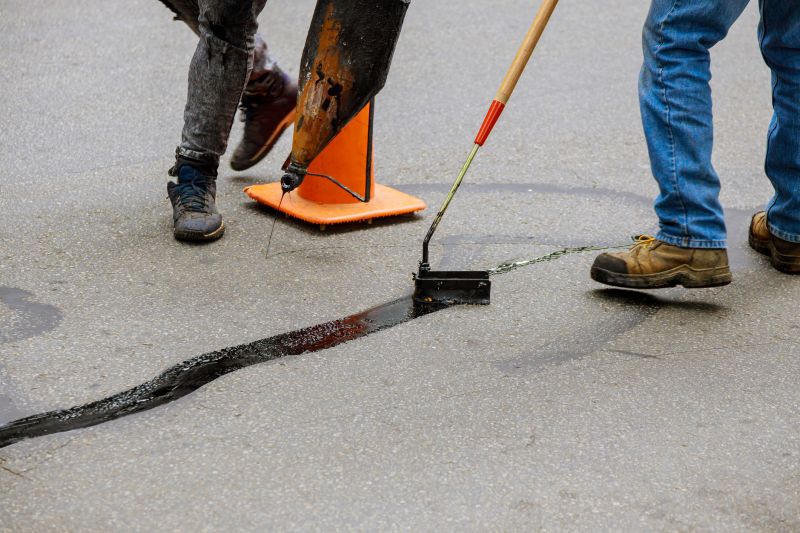
Provides protection against winter freeze-thaw cycles.
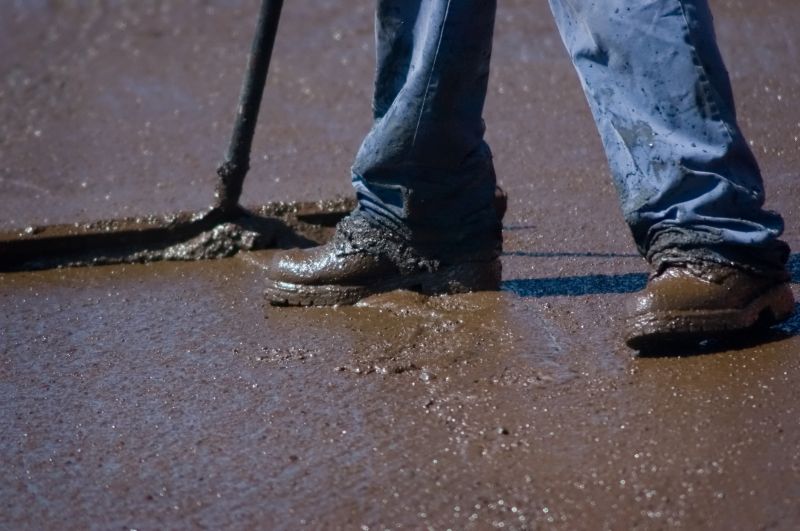
Best performed during mild, stable weather conditions for durability.
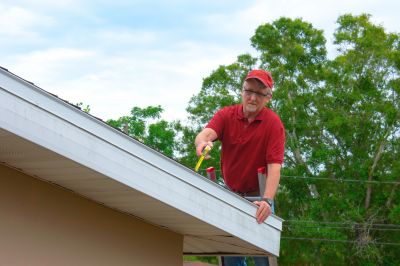
Little measurements that prevent headaches on Asphalt Sealings day.
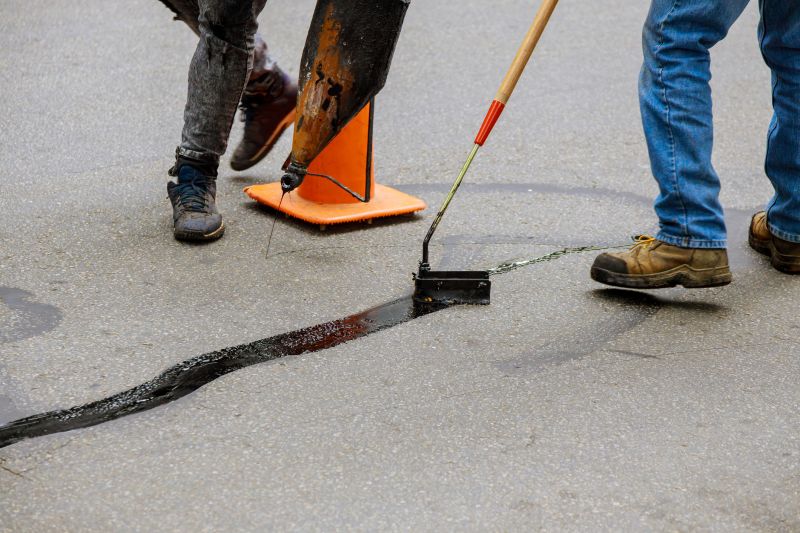
A 60-second routine that keeps Asphalt Sealings looking new.
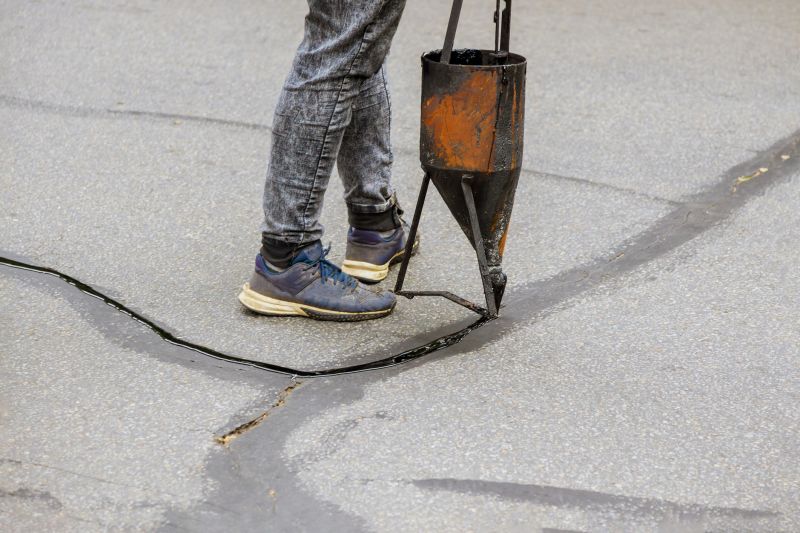
A frequent mistake in Asphalt Sealings and how to dodge it.

Small tweaks to make Asphalt Sealings safer and easier to use.
| Season | Recommended Conditions |
|---|---|
| Spring | Mild temperatures, dry weather, no frost |
| Summer | Warm temperatures, low humidity, dry conditions |
| Fall | Moderate temperatures, minimal rain, dry days |
| Winter | Not recommended due to freezing temperatures |
Choosing the appropriate time for asphalt sealings depends on local climate conditions and specific project needs. Proper scheduling can maximize the benefits of the sealant, including longer pavement life and reduced maintenance costs. It is important to avoid sealing during rainy or extremely cold weather, as these conditions can impair adhesion and curing. Consulting with professionals can help determine the best timing based on current weather patterns and surface conditions.

A professional applying asphalt sealant on a paved surface.

Sealant curing under optimal weather conditions ensures durability.
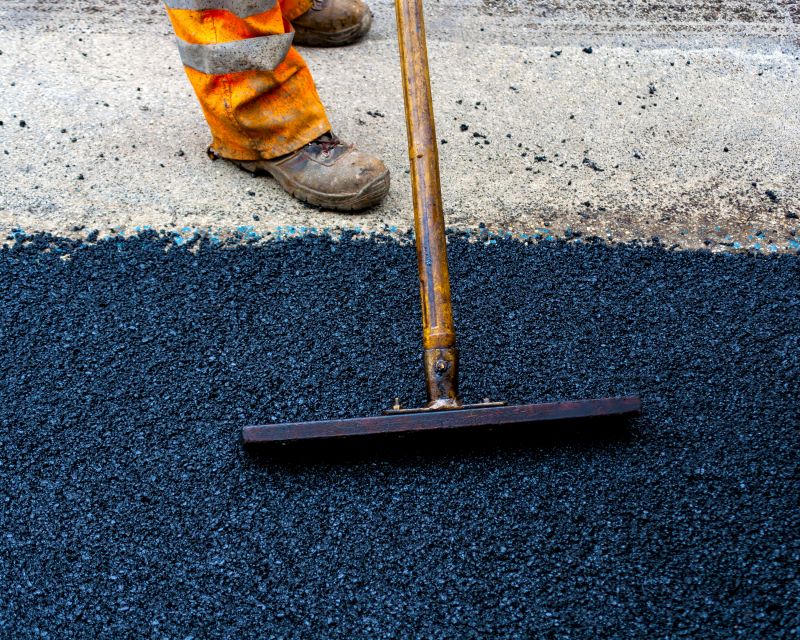
A smooth, protected asphalt surface ready for use.
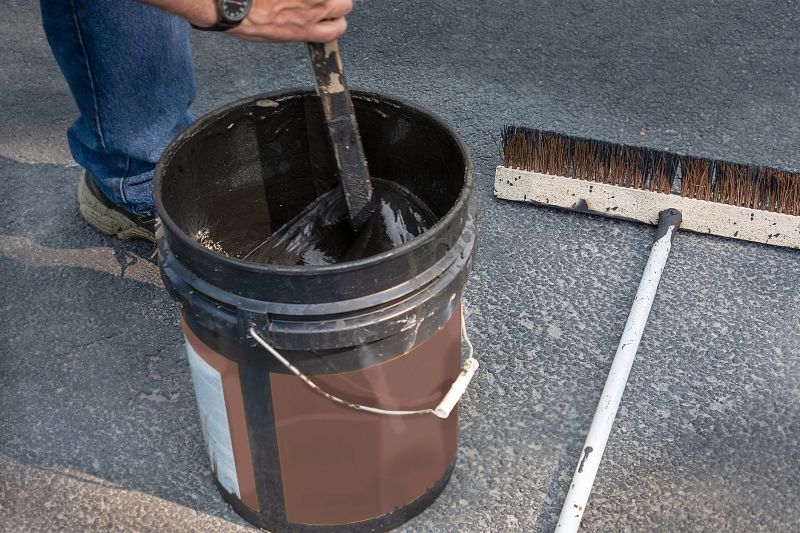
Lower-waste or water-saving choices for Asphalt Sealings.
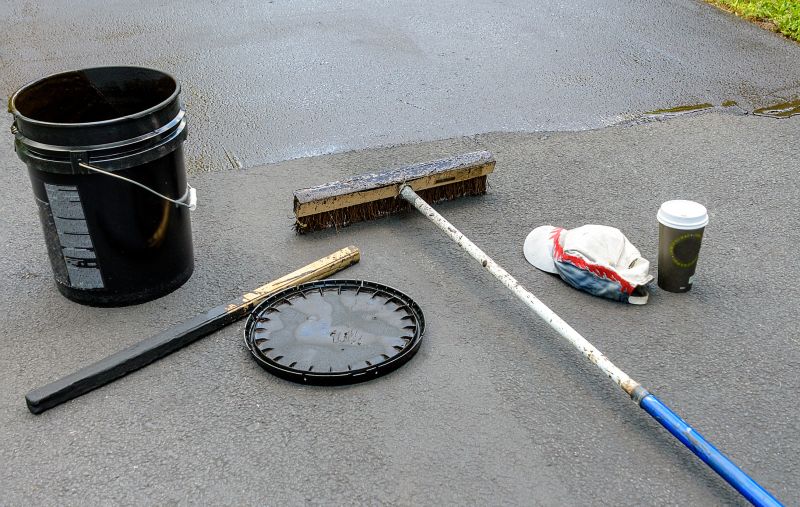
The short, realistic tool list for quality Asphalt Sealings.

Rough timing from prep to clean-up for Asphalt Sealings.
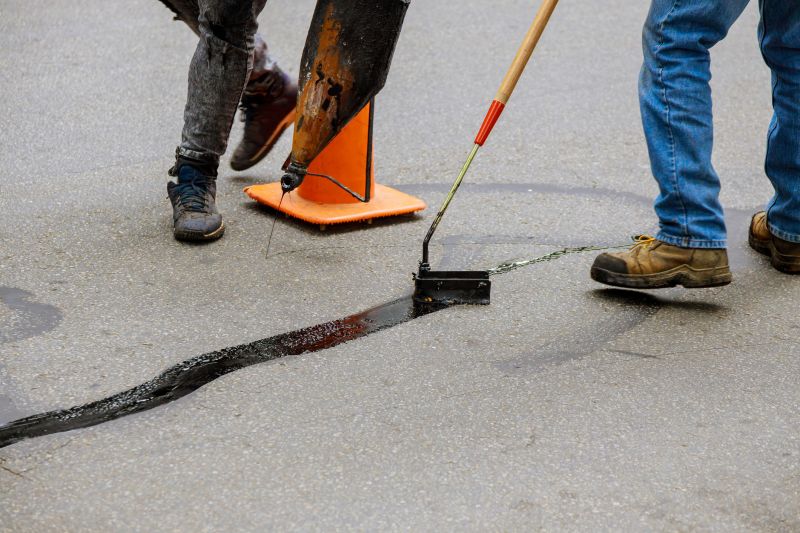
Quick checks and paperwork to keep after Asphalt Sealings.

Examples that show the impact a good Asphalt Sealings can make.
Interested in scheduling asphalt sealings for a property in Kernersville, NC? Filling out the contact form can provide more information and help plan the optimal timing for application based on local weather conditions and pavement needs.
